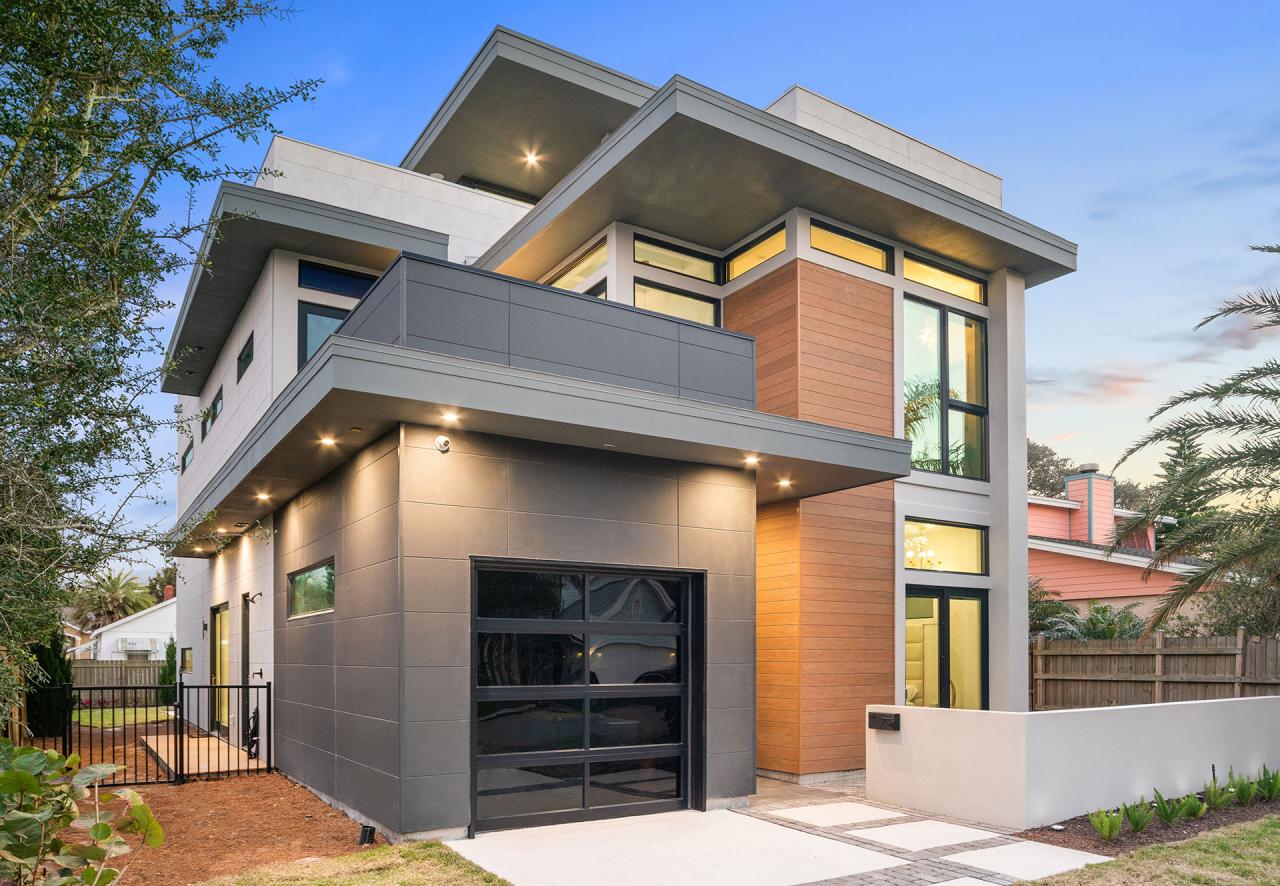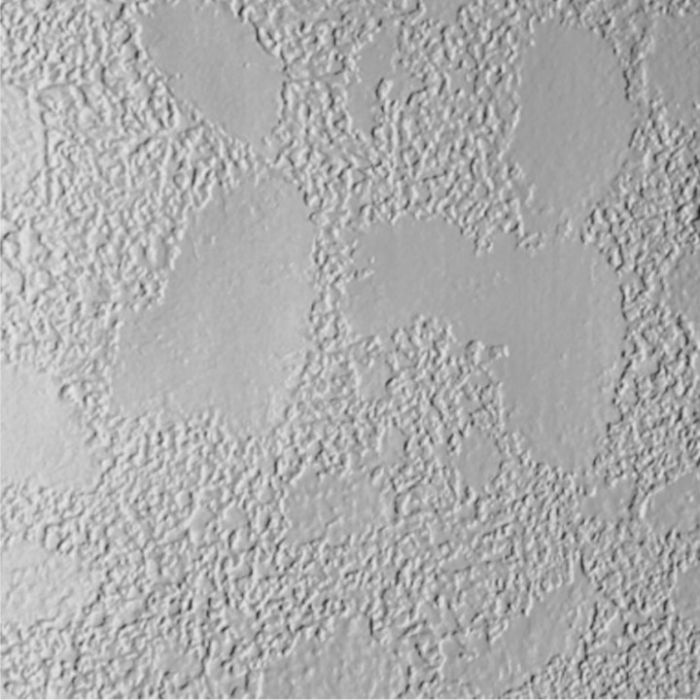Exploring the World of Cement Stucco Siding
Embark on a journey through the realm of cement stucco siding, a versatile and durable option for both residential and commercial properties. This introductory paragraph aims to pique your interest and provide a glimpse into the benefits and qualities of this unique siding material.
Delve deeper into the specifics of cement stucco siding to uncover its composition, installation process, maintenance requirements, and design possibilities.
Overview of Cement Stucco Siding
Cement stucco siding is a popular choice for exterior cladding in both residential and commercial properties. Unlike traditional vinyl or wood siding, cement stucco is made from a mixture of cement, sand, and water, providing a durable and long-lasting finish.
Composition and Characteristics
Cement stucco siding is composed of cement, sand, water, and sometimes lime or acrylic additives to improve flexibility and strength. Once applied, it hardens to form a solid, protective layer over the exterior of a building. This type of siding is known for its fire resistance, durability, and low maintenance requirements.
Benefits of Using Cement Stucco Siding
- Fire Resistance: Cement stucco is non-combustible, providing an added layer of protection for the structure.
- Durability: With proper installation and maintenance, cement stucco siding can last for decades without needing replacements.
- Low Maintenance: Unlike wood siding that requires regular painting or staining, cement stucco only needs occasional cleaning to maintain its appearance.
- Design Versatility: Cement stucco can be textured or colored to achieve a variety of architectural styles, making it a versatile option for different design preferences.
- Energy Efficiency: Cement stucco provides a good thermal barrier, helping to regulate indoor temperatures and reduce energy costs.
Installation Process
Installing cement stucco siding requires attention to detail and proper techniques to ensure a successful outcome. Here is a step-by-step guide on how to install cement stucco siding:
Gather Tools and Materials
Before starting the installation process, make sure you have the following tools and materials ready:
- Cement stucco mix
- Metal lath
- Scratch coat
- Finish coat
- Trowels
- Felt paper
- Wire mesh
- Nails and screws
- Mixing tools
- Protective gear
Prepare the Surface
- Clean the surface and remove any debris
- Apply a layer of felt paper followed by wire mesh
- Secure the wire mesh in place using nails or screws
Apply Scratch Coat
- Mix the scratch coat according to manufacturer's instructions
- Apply the scratch coat evenly over the wire mesh
- Use a trowel to create a textured surface for better adhesion
Apply Finish Coat
- Mix the finish coat and apply it over the scratch coat
- Smooth out the finish coat with a trowel for a clean look
- You can add color pigments to the finish coat for customization
Finishing Touches
- Allow the stucco to cure according to manufacturer's instructions
- Inspect the surface for any imperfections and make necessary touch-ups
- Seal the stucco to protect it from moisture and elements
Special Considerations
Installing cement stucco siding can be challenging due to the drying time of the materials and the need for precision in application. Make sure to work efficiently and follow the manufacturer's guidelines for the best results.
Maintenance and Care

Maintaining cement stucco siding is essential to ensure its longevity and keep it looking its best. Regular care and attention can help prevent issues and prolong the life of your siding.
Maintenance Requirements
- Inspect the siding annually for any cracks, chips, or damage that may need repair.
- Keep vegetation trimmed back from the siding to prevent moisture retention and mold growth.
- Repaint the siding every 5-7 years to maintain its protective coating and appearance.
Cleaning and Protection Tips
- Regularly clean the siding with a garden hose or pressure washer to remove dirt and debris.
- Avoid using harsh chemicals or abrasive cleaners that can damage the siding's finish.
- Apply a clear sealant to the siding every few years to protect it from moisture and UV damage.
Common Issues and Solutions
- Cracking: Fill in cracks with a flexible sealant designed for stucco repair.
- Mold or Mildew: Clean the affected area with a mixture of water and bleach, then rinse thoroughly.
- Efflorescence: Scrub the siding with a stiff brush and water to remove the white, powdery residue.
Design Options and Customization
When it comes to cement stucco siding, there are various design options and customization possibilities available to enhance the aesthetic appeal of a property. Whether you prefer a modern look or a more traditional style, cement stucco siding can be tailored to suit your preferences and complement the overall design of your home.
Color Choices
One of the key design elements of cement stucco siding is the wide range of color choices available. From earthy tones to vibrant hues, you can select a color that best matches your architectural style and personal taste. Additionally, custom color matching can be done to achieve a unique look that stands out.
Texture Variations
Cement stucco siding offers the flexibility to create different textures, such as smooth, rough, or patterned finishes. These texture variations can add depth and visual interest to the exterior of your home, making it more visually appealing.
Architectural Details
Incorporating architectural details like trim, moldings, or decorative accents can further customize the look of cement stucco siding. These details can be used to highlight specific areas of the facade or create a cohesive design with other exterior features.
Creative Applications
Creative applications of cement stucco siding can include mixing materials like stone or wood to create a unique and eye-catching design. Additionally, playing with shapes, angles, and panel sizes can result in a more dynamic and contemporary appearance.
Integration with Landscaping
Another way to customize cement stucco siding is by integrating it seamlessly with landscaping elements. This can involve creating outdoor spaces that flow cohesively with the siding, such as outdoor kitchens, seating areas, or garden walls.
Last Word

As we conclude our exploration of cement stucco siding, remember that this material offers not just functionality but also an opportunity for creative expression in architectural design. Consider the possibilities and benefits as you contemplate using cement stucco siding for your next project.
Questions and Answers
What are the main differences between cement stucco siding and other siding materials?
Cement stucco siding is known for its durability and low maintenance compared to other siding materials like wood or vinyl. It also offers better fire resistance and can withstand harsh weather conditions.
How often should cement stucco siding be cleaned?
It is recommended to clean cement stucco siding at least once a year using a mild detergent and water to remove dirt and grime.
Can cement stucco siding be painted?
Yes, cement stucco siding can be painted to change its color or refresh its appearance. It is important to use paint specifically designed for masonry surfaces for best results.




